MAITUM, Sarangani (April 18, 2008) – Archaeologists digging test pits inside a newly-discovered cave have found potsherds shaped like a woman's breast and a portion of an elbow, similar to anthropomorphic artifacts found in nearby Ayob Cave in 1991 which were carbon-dated to nearly 2000 years ago.
The five-person team from the National Museum also recovered Wednesday (April 16) human and animal bones at the cave in sitio Sagel accidentally uncovered by quarry workers on April 5.
The team has taken soil samples to further study its alkalinity that could have affected the disintegration of the bones.
"We are digging two test pits, about 78 cm. and 20 cm. deep, but the flooring could still be two meters below," team leader Nida Cuevas said.
"What is there is an academic, cultural, scientific evidence at 'yung mga belief systems kung papaano ni-remember ang mga patay noong una."
Cuevas conducted an archaeological study on the gender signified by the artifacts of anthropomorphic secondary burial jars found in Ayob Cave. These jars are now exhibited at the National Museum.
Some significant features and identifications Cuevas found in the jars are the heads, breasts, teeth, and genitals.
Using ethnographic analogy of the natives in the Philippines and in other Southeast Asian countries, these features determine the gender of the person shaped in the burial jars, Cuevas said.
"Kayo lang dito sa Maitum ang meron magandang ganitong collection," said National Museum researcher Alexandra de Leon.
"Religious beliefs and tradition. These are the aspects which we hope to discover that the evidence on the artifacts can provide," she added.
Ayob Cave is about 600 meters away from the newly-discovered cave and both are found on the same hillside in barangay Pinol. (SARANGANI INFORMATION OFFICE/RGP)
Friday, April 18, 2008
Subscribe to:
Post Comments (Atom)




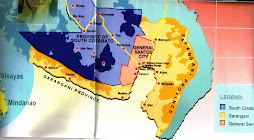

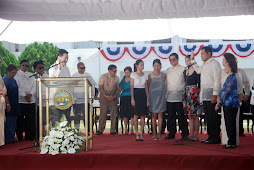




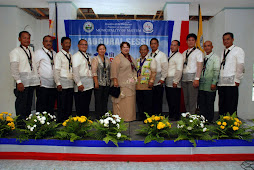




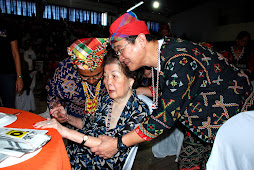





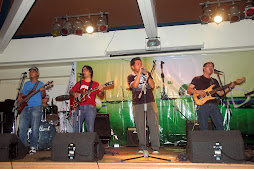




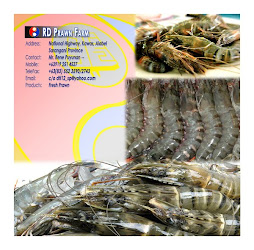




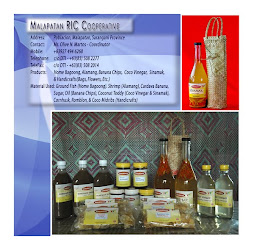

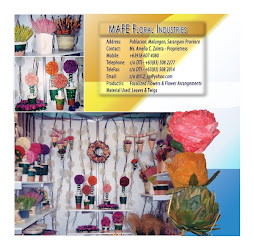
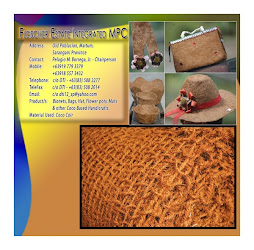

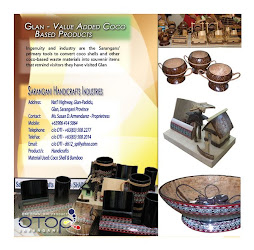


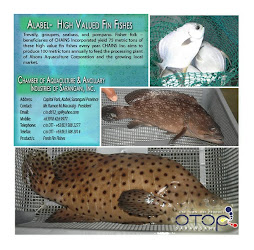
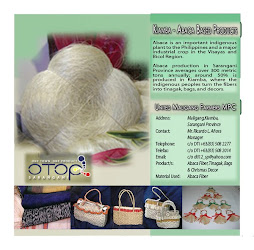






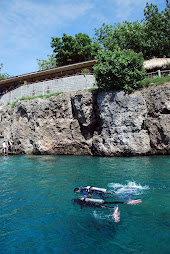




No comments:
Post a Comment